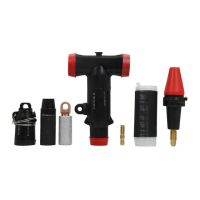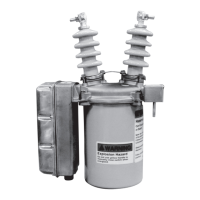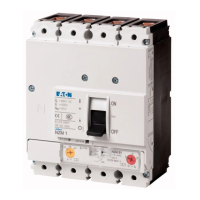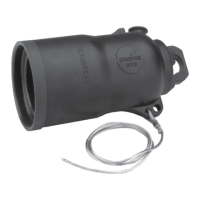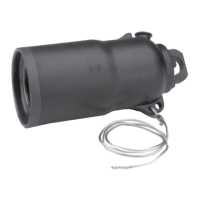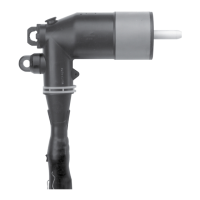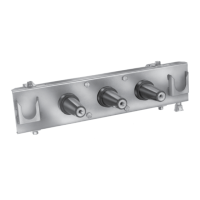TABLE 5-3. Function Codes (continued)
Func.
Code
Level 1
Main Menu
Level 2
Sub-Menu
Level 3
Parameter
Security Level Factory
Setting
Key Entry Limit
Read Edit Reset Low High
165 Features Communications 165 Com Port #2
Handshake Mode
RTR without CTS
0 2 NA RTR
without
CTS
NA NA
• FC 165 allows the user to select the appropriate method for control-to-SCADA message interaction (handshake mode) on
Com Port #2.
• The transmit/receive handshaking mode allows adaptability to different types of communication system interfaces with the
control. Options include:
• RTS without CTS - Request to Send (RTS) without Clear to Send (CTS) support
• RTS with CTS - Request to Send (RTS) with Clear to Send (CTS) support
• RTR without CTS- Ready to Receive (RTR) without Clear to Send (CTS) support
• RTR with CTS - Ready to Receive (RTR) with Clear to Send (CTS) support
• See FC 166 and FC 167 for programming of the Transmit Enable Delay and Transmit Disable Delay settings.
166 Features Communications 166 Com Port #2
Tx Enable Delay
0 mSec
0 2 NA 0 0 1000
• When the control is set for transmit control handshaking, the user may require a delay (in milliseconds) on Com Port #2
between the time when the transmit enable is enabled to when data is transmitted.
• Example: If the transmit enable were used as a keying device for a transmitter or modem, a “warm-up“ period may be
necessary before data can be transmitted.
• For more information, refer to the Advanced Control Features: Communications section of this manual.
167 Features Communications 167 Com Port #2
Tx Disable Delay
0 mSec
0 2 NA 0 0 1000
• When the control is set for transmit control handshaking, the user may require a delay (in milliseconds) on Com Port #2
between the time when the data transmission is terminated and the transmit enable signal is disabled.
170 Features Tap to
Neutral
170 Tap to Neutral
Off
0 2 NA Off NA NA
• The Tap-to-Neutral feature is enabled here. The options include:
• Off • On
• For more information, refer to the Control Features: Tap-to-Neutral section of this manual.
175 Features Soft ADD-AMP 175 SOFT-ADD-AMP
High Limit
16
0 2 NA 16 NA NA
• Soft ADD-AMP restricts the range of regulation firmware logic as opposed to the hardware on the tap position indicator. The
high limit is set here.
• The allowable values are 16, 14, 12, 10, or 8.
176 Features Soft ADD-AMP 176 SOFT-ADD-AMP
Low Limit
-16
0 2 NA -16 NA NA
• The low limit of the Soft ADD-AMP restriction on the range of regulation are set here.
• The allowable values are -16, -14, -12, -10, or -8.
63
CL-6 SERIES CONTROL INSTALLATION, OPERATION, AND MAINTENANCE INSTRUCTIONS MN225016EN January 2016

